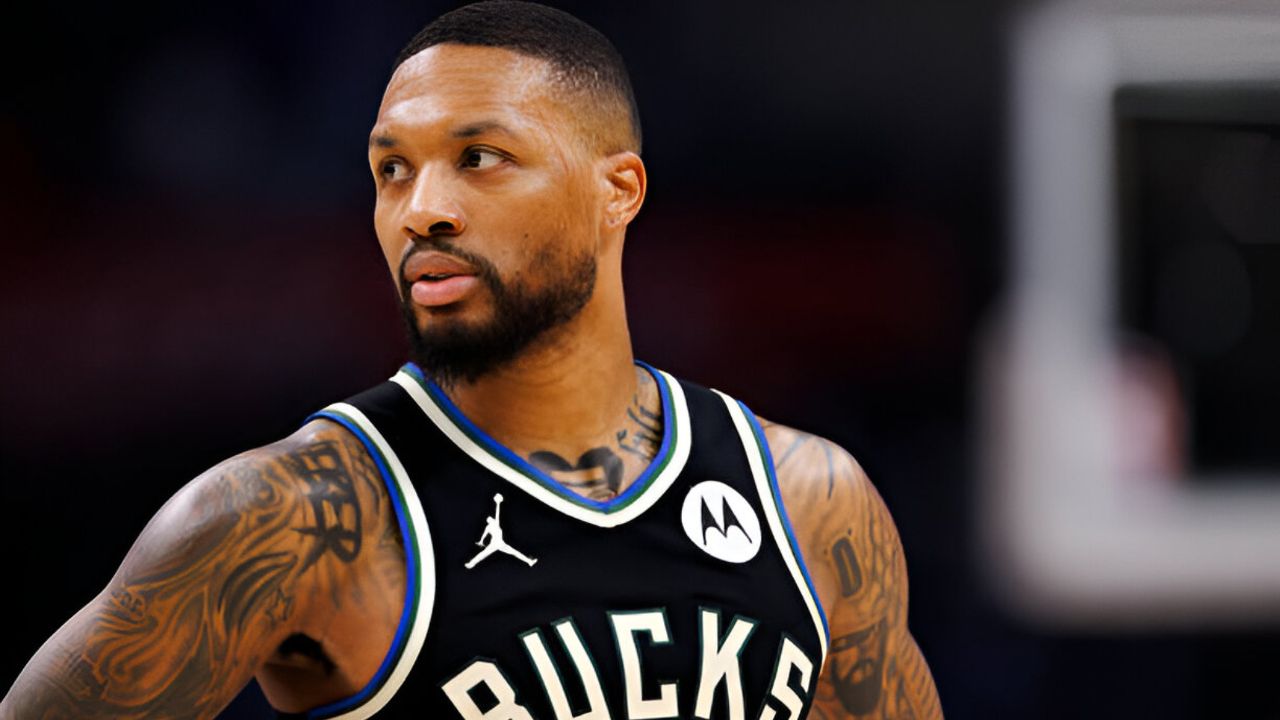If you’ve ever felt that women’s sports don’t get the recognition they deserve, you’re not alone. From basketball to soccer to track and field, female athletes are consistently overlooked by mainstream media. But what does this mean for women’s sports?
Well, it’s not just about the coverage; it’s about the impact this lack of attention has on the athletes themselves and the next generation of girls who dream of competing.
The Gender Bias in Sports Media
We’ve all seen it: major sporting events with a heavy focus on male athletes, while the achievements of female athletes barely get a mention.
It’s not that women’s sports aren’t exciting or talented—it’s that they don’t get the same spotlight. Media outlets often prioritize men’s sports because of the long-standing belief that they attract more viewers, but that’s just part of the problem.
This cycle creates a distorted view of sports, where women’s accomplishments are brushed aside.
But why is this the case?
One reason is rooted in the history of sports itself. For decades, sports media has been primarily run by men, making it easier to focus on male athletes and their stories.
Female athletes often don’t receive the same level of analysis or airtime, despite their skills being just as impressive. This gender bias means fewer opportunities for women to shine, and it significantly impacts their career growth.
As a result, the gender gap in sports is perpetuated, and many women, unfortunately, decide to quit sports entirely due to the lack of exposure and opportunities.
Why Women Athletes Don’t Get Equal Exposure
When only 4% of all sports media spotlights women’s sports, there’s a good chance the names, successes and struggles of female athletes haven't made it onto your radar. #WomenWill aims to change that by celebrating female athletes with #MakeHerKnown. pic.twitter.com/YdmcfOOG2h
— Google (@Google) August 10, 2021
The systemic reasons behind the unequal media coverage of female athletes are numerous. First, there’s the issue of funding.
Men’s sports programs often receive more sponsorships and higher budgets, which leads to more media investment. That means more resources go into covering male athletes, while women’s sports struggle to get the same kind of attention.
Moreover, the mainstream media tends to portray women’s sports through a narrow lens, focusing on their appearance or personal lives instead of their athletic achievements. This perpetuates outdated stereotypes and reduces female athletes to a secondary storyline.
Male athletes, on the other hand, are usually presented as fierce competitors, often without any focus on their personal lives or appearance.
This imbalance isn’t just frustrating—it’s damaging. When young girls see only a handful of female athletes in the media, it discourages them from pursuing sports themselves.
After all, if they don’t see themselves represented, why would they feel motivated to continue playing? Unfortunately, this lack of representation often leads to many women quitting sports altogether.
Success Stories: Women’s Sports Gaining Attention
Despite these challenges, there have been some shining moments for women’s sports in the media. The 2019 FIFA Women’s World Cup, for instance, was a breakthrough moment.
The media frenzy surrounding the U.S. women’s national soccer team’s historic win showcased how much public interest there was in women’s sports when given the right platform.
Social media played a huge role in amplifying this event, with players like Megan Rapinoe becoming household names. This was a huge step forward, proving that when women’s sports are given equal attention, they can captivate audiences and build passionate fan bases.
Final line-up ✅#NED will meet #USA in the #FIFAWWC showpiece decider 🙌
— FIFA Women's World Cup (@FIFAWWC) July 3, 2019
Highlights 👉 https://t.co/M5OavEvdZU
TV listings 👉 https://t.co/t64sDOEs52 pic.twitter.com/mkodgMQS9r
Another great example is the rise of the WNBA’s coverage, especially with players like Sabrina Ionescu, Breanna Stewart, and A’ja Wilson gaining mainstream popularity. Social media has also helped bring attention to these athletes, allowing them to reach millions of fans who may have never tuned into a WNBA game otherwise.
These success stories show that there’s a growing demand for women’s sports coverage, and the potential is there. But it requires sustained effort from media outlets to ensure these stories are told in a fair and consistent way.
It also requires the public to continue supporting female athletes, proving that women’s sports are not a niche interest but a valuable part of the sporting world.
How Increased Coverage Can Improve Women’s Sports
So, how can more media coverage improve women’s sports and prevent the cycle of quitting that we see too often?
Well, for starters, it’s all about visibility. The more female athletes are showcased in the media, the more role models there will be for young girls to look up to.
Imagine growing up watching Serena Williams dominate the tennis court, Simone Biles fly through the air in gymnastics, or the U.S. Women’s National Soccer Team winning World Cups. It doesn’t just inspire young girls to participate in sports; it shows them that they too can compete at the highest levels.
More media coverage would also lead to more sponsorship deals, which means better pay and opportunities for women athletes.
When brands and advertisers see the growing interest in women’s sports, they’re more likely to invest in them. With increased financial backing, sports programs would be able to offer better resources, better training, and ultimately better competition.
This not only helps retain athletes but also attracts new talent, preventing the decline in women’s sports participation.
Finally, consistent coverage would challenge the stereotypes that often plague female athletes. By highlighting their athleticism, determination, and talent, media outlets can help shift the focus away from their looks or personal lives.
This helps to elevate the conversation around women’s sports to one that centers on the true value of female athletes as competitors, not just entertainers.
Conclusion
The road ahead for women’s sports is long, but it’s not impossible to change. If media coverage can improve and provide women athletes with the exposure they deserve, we can start seeing a shift in how female athletes are perceived.
For the future of women’s sports, it’s essential that we push for more media attention, better representation, and, ultimately, more opportunities for girls everywhere to play, compete, and thrive. After all, when women are given the spotlight, they don’t just shine—they change the game.









Comments are closed.